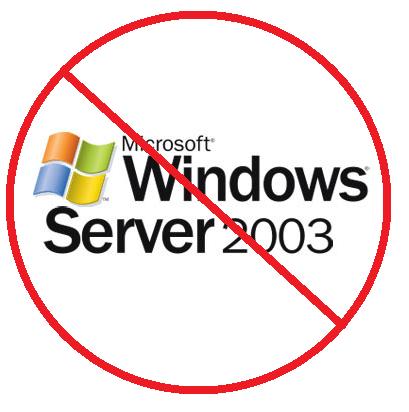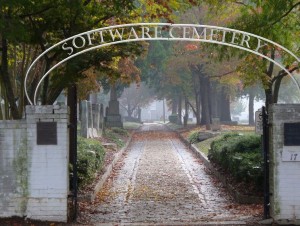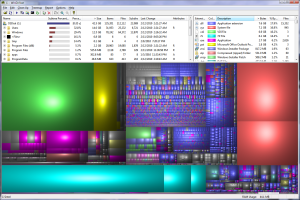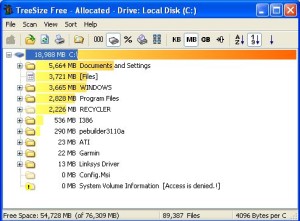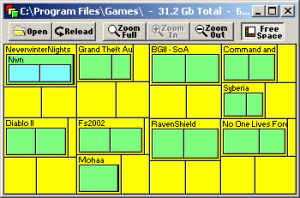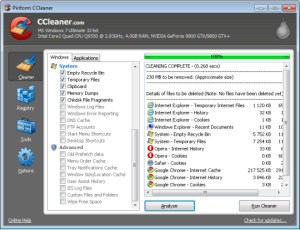
Did you hear about how Microsoft ended support for Windows XP back in April? Know anyone who made a last minute scramble to upgrade (or hasn’t yet)? Or perhaps you heard about all those banks and ATMs still using Windows XP after support ended?
Microsoft has another looming End-of-life (EOL) approaching, this one for Server 2003—specifically July 15, 2015. This may not affect most users’ day-to-day operations, and you may be thinking, “That is months away, so why do I have to worry about that now?”
Unlike workstations, a server is central to your operating your business. It holds important (and probably sensitive) data not only for your company, but for clients as well. Server replacement is also more complex and requires budgeting and planning to help ensure a smooth upgrade. Or maybe now is the time to move your business into the cloud!
Either way, it’s best to be proactive and start the discussion with your IT department now. Similar to what we saw with Windows XP, there are a few key points to be aware of with the sunset of Server 2003:
- Unauthorized intrusions. Users of Server 2003 will be at increased risk of unauthorized intrusions or virus infection, since Microsoft will be ceasing security patches and updates on July 15, 2015.
- Lack of compatibility. Third party programs will eventually stop supporting Server 2003 in their updates and in their newer versions.
- Limitations on performance. The older operating system is not as efficient using multiple CPU cores for multitasking and has RAM limitations that may be holding your company back.
- Aging Hardware. There is a good chance your server is 5+ years old if it has Server 2003 installed. This is beyond the recommended 3-5 year life-cycle (and there is only a slim chance it is even still under warranty).
The clock is ticking. Make sure your company is not scrambling last minute to upgrade! If you need help with this, give us a call at Everon: 888-244-1748. Or email us at [email protected].
